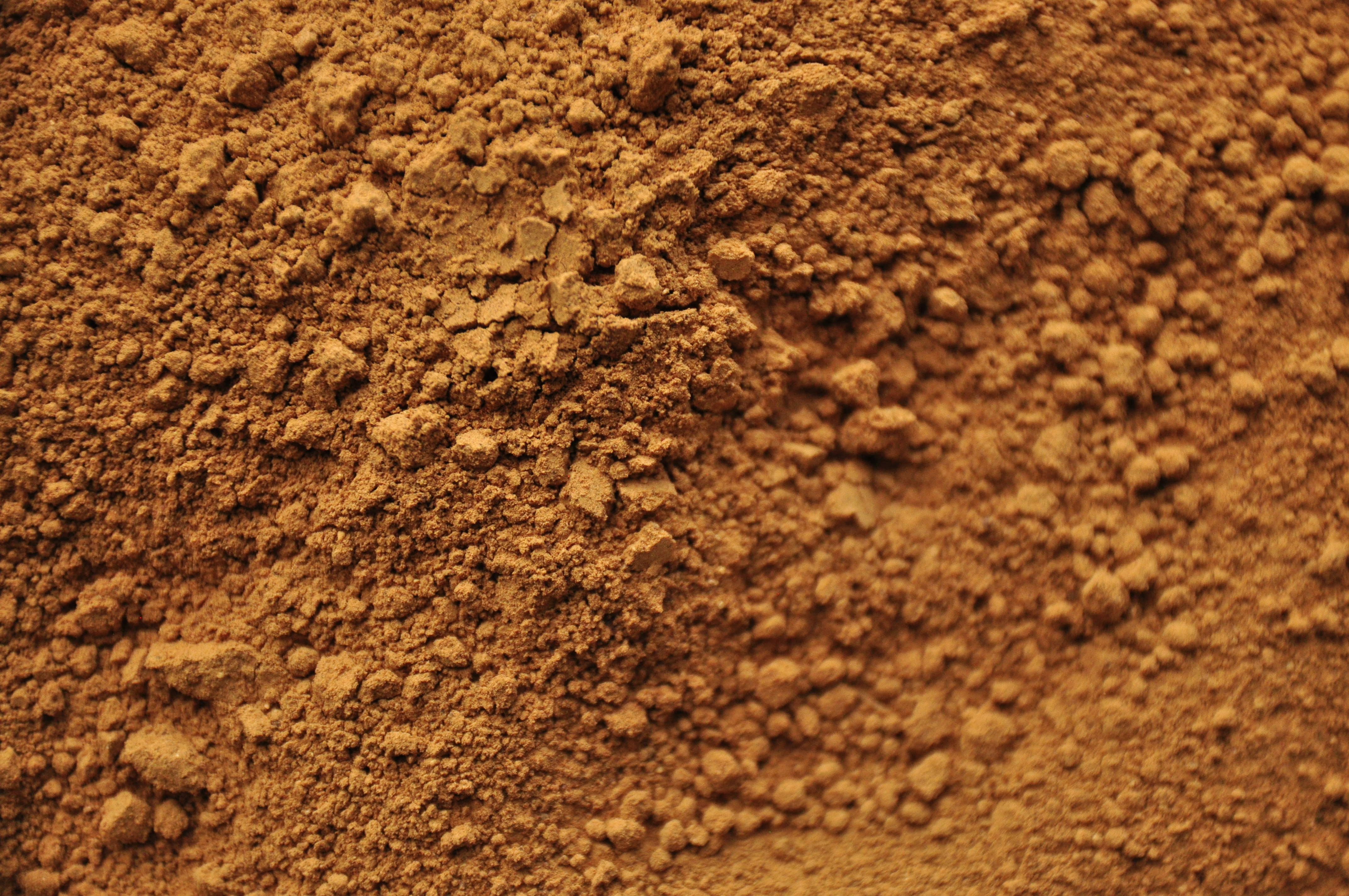

Pomegranate
lat. Punica Granatum
€4.57
Out of stock
Pomegranate rinds are well-known in the world of natural dyeing, especially within Eastern traditions, having been used for millennia. They offer a spectrum of shades, from a durable warm yellow when paired with alum, to deep, near-black tones when used with iron. Beyond its color-yielding properties, pomegranate is rich in tannins, therefore it can be used as an organic mordant. Moreover, when combined with other botanical dyes, it enhances their longevity and resilience.
Name: pomegranate
Latin name: Punica granatum
Type: mordant dye, no-mordant dye, organic mordant
Part of the plant used: rinds
Colorants: various tannins
Main colors: yellow, grey, brown
Other colors: various shades of beige, orange, black, green
Purpose: Natural dye for textiles, wood, and candles. For textiles, it can be used with or without mordants. Can be used as a tannin mordant for other natural dyes. Also, pomegranate can be used for making botanical inks, pastels, watercolors, printing paste, etc.
Dyeing with pomegranate:
Use 15-30% WOF
Add to the dyeing pot filled with water, stir well
Raise temperature to 70-80°C and simmer for 1 hour. Let it cool. You may simmer longer for darker colors
Strain through a fine cloth to keep small particles out of the dye bath
Add wet mordanted or not mordanted fibers, stir gently
Raise temperature to 70-80°C and simmer for 30-60 minutes. Let it cool. You may simmer and soak longer for darker colors.
For dark grey or black shades, you can place pomegranate-dyed fibers into ~ 2% WOF iron sulfate solution or add a pinch of iron directly into the pomegranate dye.
Using pomegranate as a tannin mordant:
Add well-washed pre-wetted fibers to the pomegranate solution and simmer for about 1 hour, leave to cool. Gently rinse and use as mordanted fibers (pomegranate is rich in tannin which will help other dyes to create chemical bonds with the fiber).Personally, I get the most beautiful results when I place tannin-mordanted yarn into red natural dyes, such as sappan, madder, and cochineal. Tannins not only help to create a long-lasting bond between dye and fiber but also create deeper and darker reds.